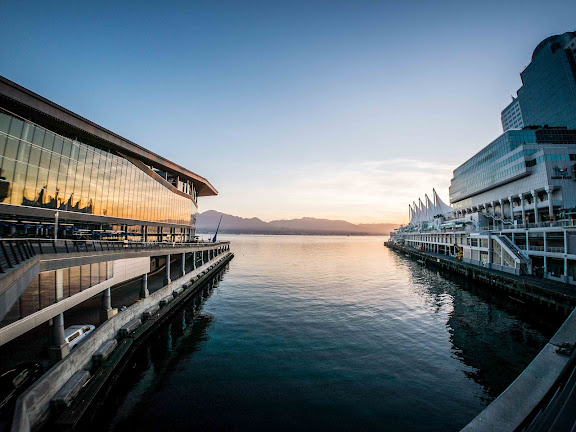Landscape, by JohnW on getdpi.com
Image Source: http://forum.getdpi.com/forum/4-3rds-cameras/39861-m4-3-landscape-system.html
Garnet Lake, by Reed A. George
Panasonic Lumix DMC-G1, Lumix 14-45mm kit lens at 14mm
iso 100, f8, 1/200 sec
NOTE: the original picture for this post, from JohnW on getdpi, is no longer available. So, I've substituted one of my own landscapes made with Micro 4/3 equipment.
Everyone knows that the tradeoff in Micro 4/3 camera gear is sensor size, which gives you awesome small form factor cameras and lenses in exchange for the small image format. This has been written about, and argued about,
ad nauseum. In my opinion, Micro 4/3 cameras started out pretty good in the image quality department (my Panasonic Lumix DMC-G1 produced very nice images, and still does now in the hands of a friend), and have only gotten better. I'm pretty pleased with the Lumix DMC-G3 in terms of image quality and reasonably high iso situations. I understand the Olympus OM-D is even better. Maybe even better than the new products coming out from Panasonic. That last part is a little unclear, as the Lumix DMC-G5 has just come out, and the GH3 is anxiously awaited.
Anyway, one of the places where large format has always been king is in landscape photography. Ansel and his ilk carried 8"x10" or even larger cameras, films, and associated hardware (think BIG tripods) into the field to do their best work. So, how does Micro 4/3 fair in landscapes?
As usual, it's not black and white (pardon the pun). If you're printing wall-size, the bigger the format, the better. Unless, of course, it's so big that you can't carry it out to that pristine landscape that you want to capture. For those of us who print to 16"x20" or less, Micro 4/3 may just do the trick. Do we want better? Of course. Do we want to carry more and spend more? Well, not so clear.
(Click Here) to read a post on the subject by JohnW on getdpi.com.
My personal opinion is that JohnW's image above is gorgeous. I see lots of subtle gray levels, smooth transitions, and high contrast in places where it matter. Here's an example of a cropped panorama that I made with the DMC-G3:
Rural Virginia, by Reed A. George
Panasonic DMC-G3, Pana-Leica Summilux 25mm f1.4
iso 160, f8, 1/250 sec
I have printed this to 18" wide, and am reasonably happy with it. Yes, a larger format would have been better. As it is, I'm quite pleased with the result.
DMC-365.blogspot.com

